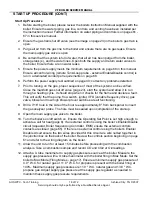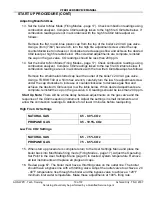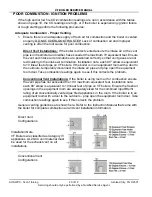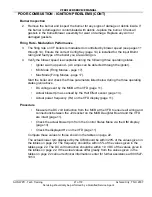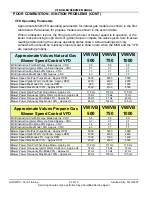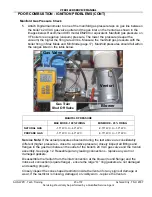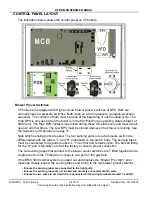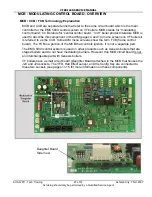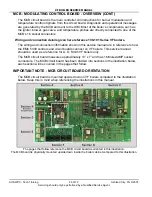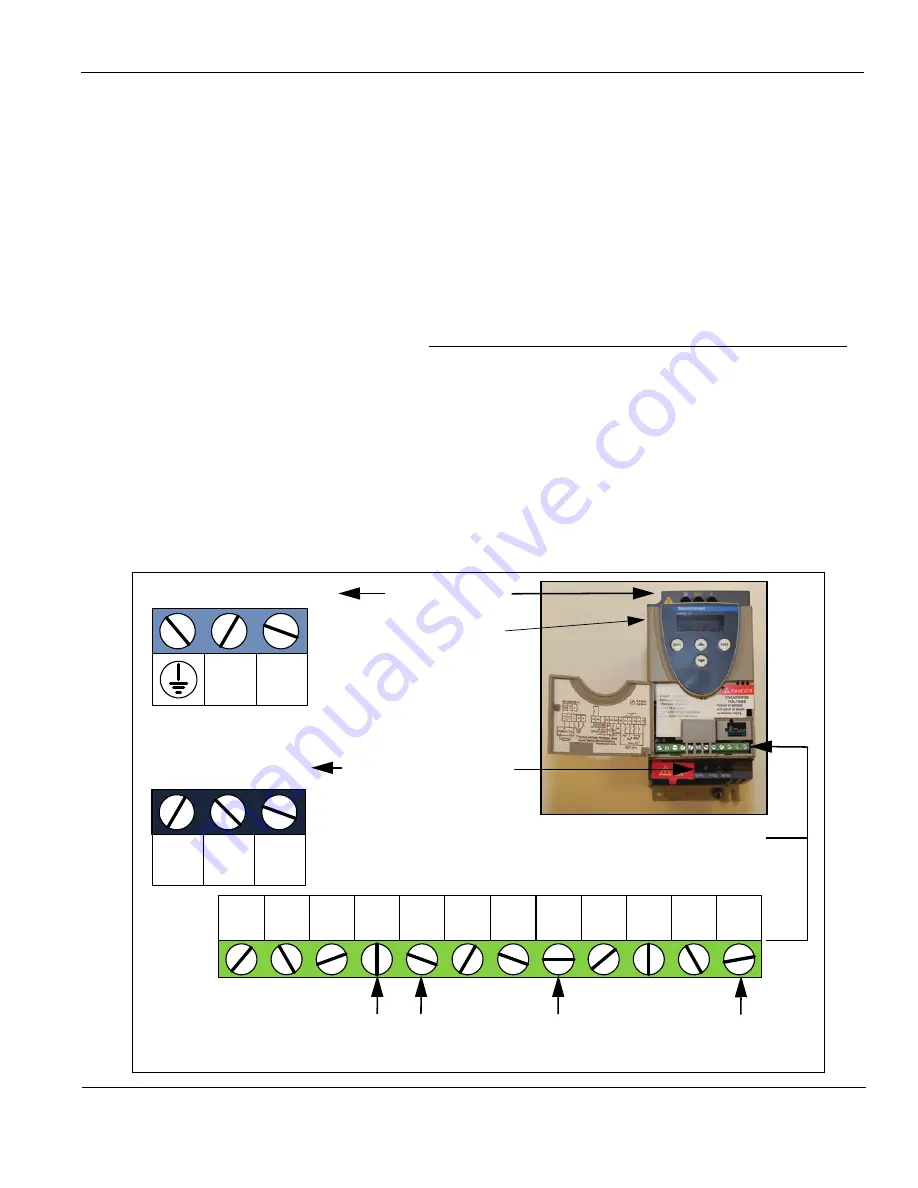
AOS WPC - Tech Training
11 of 72
Ashland City, TN © 2007
Servicing should only be performed by a Qualified Service Agent
VF BOILER SERVICE MANUAL
PRINCIPLES OF OPERATION
VF boilers do not have a gas orifice. The blower “pulls” gas from the gas valve into a Venturi
attached to the suction (inlet) side of the blower (page 12). As the speed of the blower is
increased the vacuum in the Venturi is also increased and more fuel gas and combustion air
is supplied to the burner. This is the basic principle of how a VF boiler modulates firing rate.
VFD and Blower Operation
VF boilers have a small circuit board (Daughter Board) attached to the MCB circuit board
(page 25). The MCB controls a VFD (variable frequency drive) through the J24 socket
connections on the Daughter Board (page 34). The VFD in turn powers the blower motor
directly. The VFD controls blower speed precisely by modulating the frequency (Hz) of the
power supplied to the blower motor. VFD output to the blower is a 3 Phase power supply.
Three conditions must be met before the VFD will start the blower:
1. 120 VAC is supplied to the VFD 120 VAC input.
2. The MCB closes an enable/disable circuit that enables VFD operation.
3. The MCB sends a 1-10 VDC instruction to modulate blower speed.
The DC voltage instruction sent by the MCB is directly proportional to blower speed - higher
DC voltage = higher (faster) blower speed.
The blower power frequency (Hz) is also directly proportional to blower speed - higher
frequency = higher (faster) blower speed. The output frequency is displayed on the VFD.
120 VAC input
Low Voltage Terminal Strip
1-10 VDC Instruction
Enable/Disable
W/T3
V/T2
U/T1
N
R/L1
RA
RC
+5V
AI1
0V
LI2
LI1
DO
+15
V
LI4
LI3
3 Phase Power
Variable Frequency
Output To Blower
Ground Hot Neutral
Black White Red
Blower Motor Wires
VFD
1-10 VDC Speed Instruction
Enable/Disable Circuit
See the important service notes on page 34
Output Frequency
Display



















